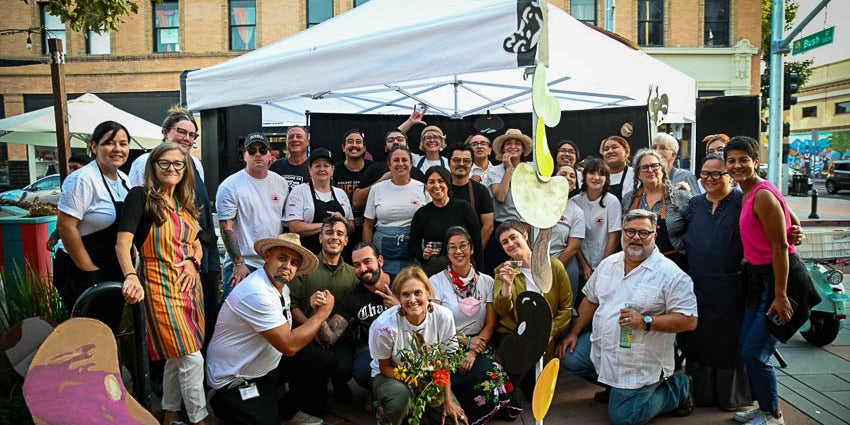





Rio Zape Bean
Free shipping on orders $50+
The classic heirloom bean that inspired the birth of Rancho Gordo. Suggestions of chocolate and coffee make this pinto-family rarity one of our favorite and most requested beans.
This is the bean that started the whole thing! Steve was eating a bowl of simply cooked Rio Zapes and they blew his mind. He remembers: "The flavor was reminiscent of Pintos but there was so much more going on. I could detect traces of coffee and chocolate and the velvety texture was like nothing else. I was sold on heirloom varieties after just one bite."
In 1935, Rio Zape beans (also known as Hopi String beans), were found in the Ancestral Pueblo cliff dwellings of the Zuni Pueblo in New Mexico. Then, in the 1960s, archaeologists found them in the excavation of a sealed tomb in Rio Zape, Durango, Mexico. It's believed that the beans were sealed in the tomb around 600 AD. A beautiful bean with a mysterious history!
Cooking Suggestions
Pot beans, soup, dips, refried beans, casseroles
From the Rancho Gordo Kitchen
Rio Zape is similar to a classic Pinto bean, but it's denser and exudes a deep, rich pot liquor. They don't work well in a lot of recipes, because they are so rich and distinct. In Mexico, there's a great dish called enfrijoladas that uses pureed black beans as the basis for a sauce, similar to enchiladas but with beans instead of chile sauce. We've made this dish with Rio Zape beans and they seem born for the dish. They also make excellent refried beans.
Cooking Instructions
Check beans for debris, and rinse thoroughly. In a large pot, sauté aromatic vegetables (onions, garlic, celery, carrot, etc.) in olive oil. Add beans and enough water to cover by about 2 inches. Bring to a full boil for 10 to 15 minutes. Reduce heat to a gentle simmer, using a lid to help regulate the heat, and gently cook until done, 1 to 3 hours. Salt when the beans start to soften. A pre-soak of 2 to 6 hours will lessen the cooking time.
Similar to
San Franciscano, Pinto, Good Mother Stallard
Latin name
Phaseolus vulgaris
Country of origin
USA
"My stash of heirloom dried beans from Rancho Gordo practically begs to be cooked. "
Jeanmarie Brownson
Chicago Tribune


